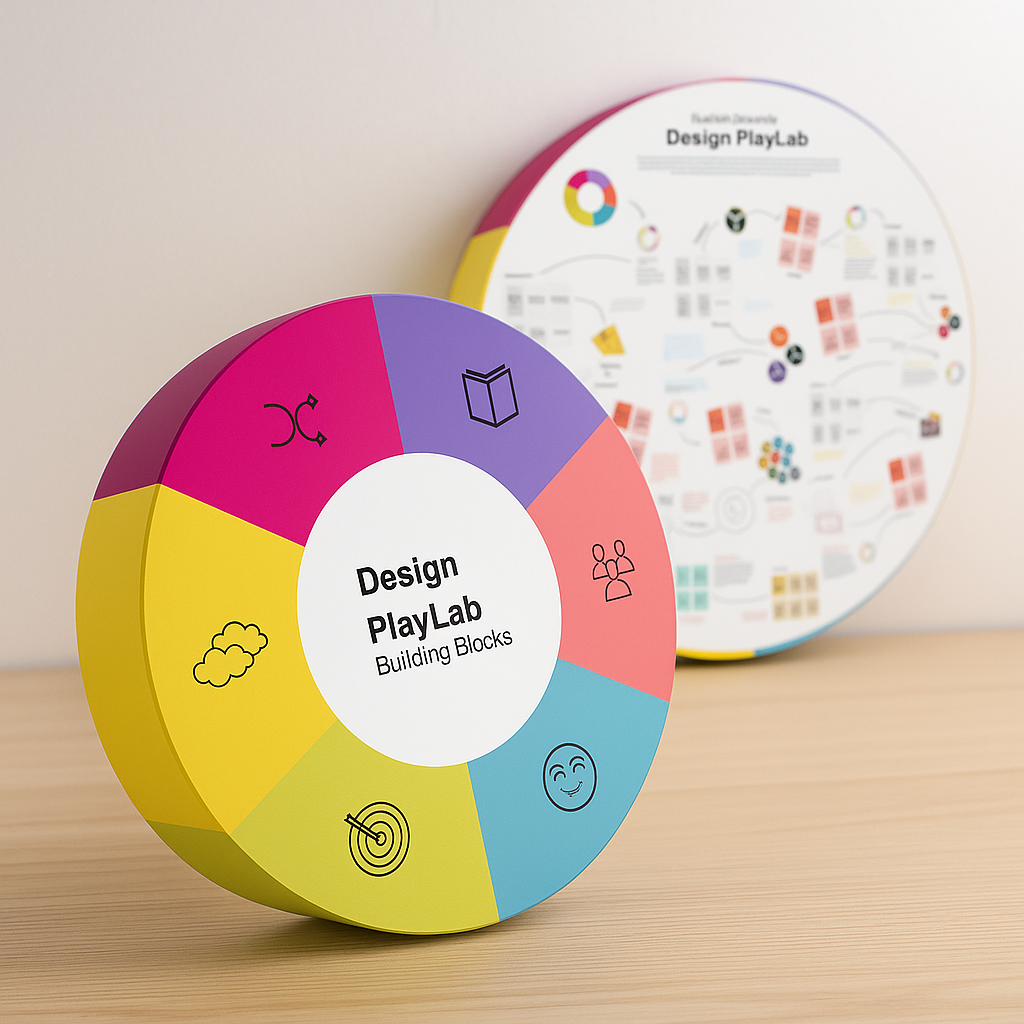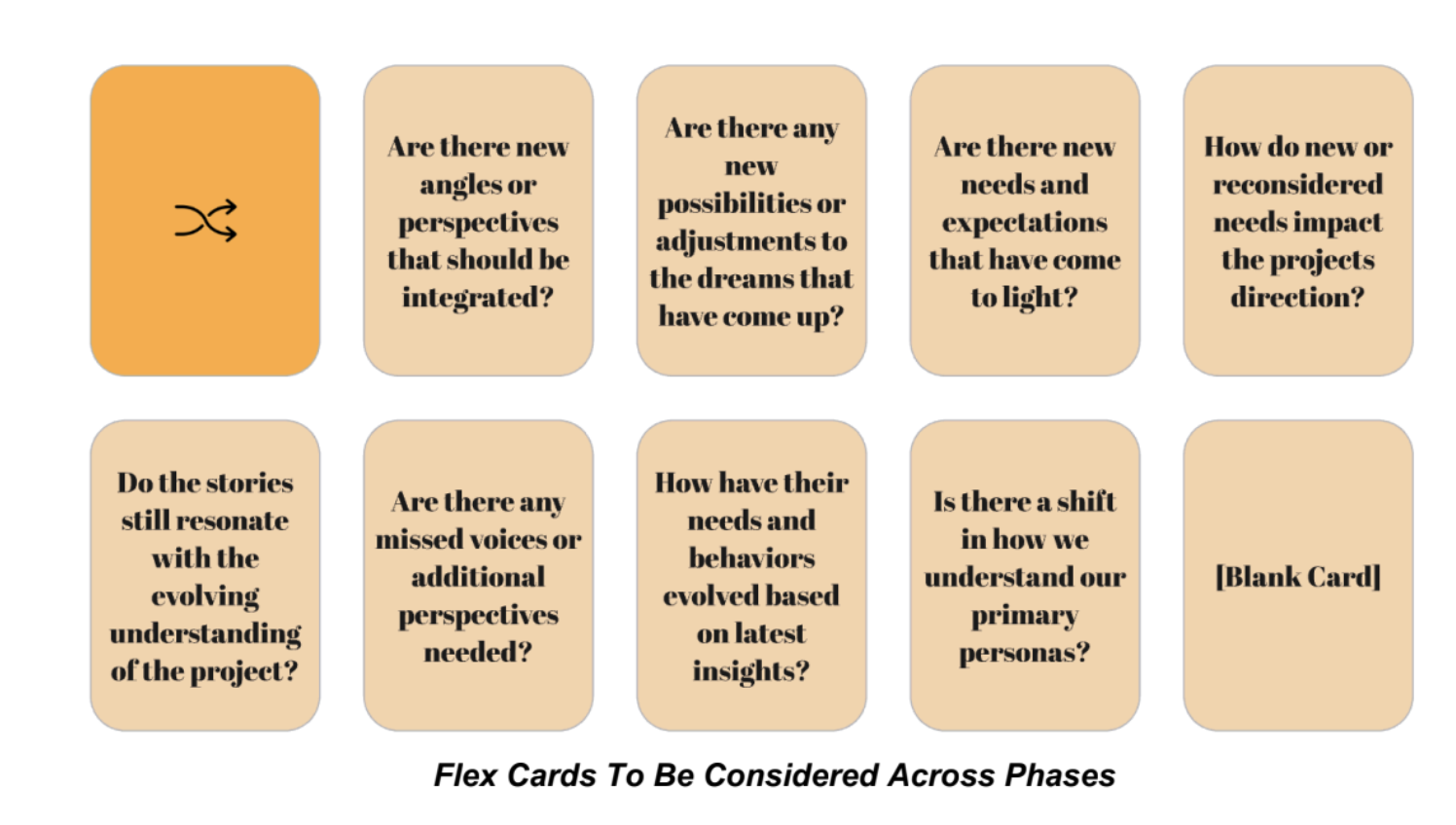Design PlayLab
Parsons School of Design: Capstone Project
Goal
Reframing Play as a Strategic Tool for Social Resilience and Community Cohesion
Role
Research, Ideation, Concept Prototyping, Storytelling
Partner
The Urban Conga (multidisciplinary design studio in NYC)
Outcome
Continued partnership with The Urban Conga
Capstone Topic
Design PlayLab explores how play can be reframed as a strategic tool to strengthen social resilience and community cohesion in urban environments. Rooted in the context of New York City’s underfunded and underutilized public spaces, the project responds to the urgent need to reimagine how communities connect, co-create, and thrive through design.
Context
NYC allocates only 0.6% of its total budget to parks and playgrounds, despite serving over 1.8 million children.
Many playgrounds are enclosed, underfunded, and fail to reflect the diverse needs of their neighborhoods.
This signals not only a funding gap, but an imagination gap, a failure to design for community voice and creative agency.
HMW
How might we reframe play as a process that strengthens social connection and community resilience in New York City’s public spaces?
Vision
A New York City where play is a fundamental force shaping thriving, connected, and resilient communities.
Mission
To empower organizations and design teams to integrate playful processes into public space design: creating environments that inspire engagement, empathy, and collective well-being.
Proposed Solution
Design PlayLab Product Prototype
What: A New York City where play is a fundamental force shaping thriving, connected, and resilient communities.
Design PlayLab Guidelines (found folded in box)
Who: A B2B tool for organisations, industrial designers, architects, design firms and multidisciplinary design studios.
Why: To create impactful, engaging environments that promote community connection and strengthens social resilience.
Design Process
Methods
Landscape Analysis
Our research combined case studies, surveys, and expert interviews to understand how play functions in New York City’s public spaces.
We underwent content analysis to analyze public space projects to identify best practices and gaps, surveyed community members to capture lived experiences, and asked children to draw their dream playgrounds to reveal how they define play.
Through expert interviews and prototype testing, we validated our concept and refined the toolkit across several iterations - ensuring its relevance, adaptability, and real-world impact.
We analysed current players, potential competitors and collaborators across five broad areas of scope that were relevant to our concept - Public Space Design, Community Engagement, Play, Toolkits and Frameworks and B2B Consulting and Facilitation.
The visual highlights key players operating within each space, at their intersections, and those closely connected through collaboration or bigger systems. We defined three key peripheries - close competitors, potential collaborators, and analogous inspirations.
Ideation and Prototype
Toolkit Concept Prototype
The Design PlayLab Framework is a guide for integrating play into the design process, highlighting its role in fostering social resilience and strengthening community connections. Each component of the framework represents a key feature of play, accompanied by its meaning and significance. Whether shaping a new public space or revitalising and existing one, users can adapt the framework to their unique community and project needs, making play an accessible and meaningful part of everyday life.
Feedback Clusters
Iteration 1
Our first iteration was shaped by the feedback gathered during concept testing, with a focus on integrating playful processes into a strategic design approach. We narrowed our focus to four key tools that help teams better understand the communities they’re designing with: stakeholder mapping, persona building, identifying needs and expectations, and imagining dreams and futures. These were supported by facilitation techniques designed to spark conversations and create a safe, welcoming space for participation.
Iteration 2
Our second iteration included backing up each section of our model with supporting materials, ranging from a series of dice to prompt cards. Our key areas for improvement included enhancing the flexibility and engagement of our model by expanding activities that meet participants where they are, at their own pace and within their comfort zones. As part of this, we were encouraged to create more ‘pauses’ and moments of reflection to allow for deeper processing, personal connection, and more meaningful contributions.
Iteration 3
The Design PlayLab Toolkit is the framework in action. Each component of the toolkit represents a key element of play, with interactive, moving parts that make the process engaging and adaptable. The Design PlayLab toolkit embeds play directly into the planning and design process itself. Designed for organisations, studios, and firms, it encourages playful, participatory approach to urban design.
During our concept testing with select organizations, we first took feedback notes in each meeting, transferred important points to individual sticky notes on the miroboard, and then created thematic clusters relevant for our next iteration work. The main thematic clusters revolved around positionally, language, resources, features, case studies, values, and the critical role that systems thinking plays in our unique selling proposition within our model.
Our third iteration included adding check-in, flex, and reflection cards to foster deeper engagement and adaptability throughout the process. These additions encouraged participants to pause, assess their emotions or insights, and flex their approach based on evolving needs or group dynamics.
Implementation
Roadmap
Starting in Q2 2025, we will focus on MVP development, toolkit testing, and early investor outreach. In parallel, research, co-design workshops, and prototype testing will drive product and service development. By mid-year, production will begin with small-batch prototyping and inventory setup, alongside client pilots and community engagement campaigns. Partnership outreach, branding, and legal groundwork (licensing and patents) will run concurrently. Moving into 2026, the focus will shift toward iteration, scaling, and refining strategies based on continuous feedback and impact assessment.
Co-design from the start: Engaging communities early in the problem-framing phase ensures outcomes that are equitable, resilient, and contextually grounded.
Embracing non-linearity: Shifting from a sequential to a modular process allowed for greater flexibility, iteration, and adaptability across phases.
Creating reflection spaces: Embedding intentional moments for reflection fosters trust, inclusivity, and meaningful dialogue, turning engagement into lasting insight.
Facilitator reflexivity: Recognized the need for facilitators to stay adaptable and responsive during sessions, adjusting when methods don’t resonate.
Guiding, not leading: Designed prompts to spark open dialogue and collective reflection rather than dictate outcomes.
Expanding scope: Transitioned from Urban PlayLab to Design PlayLab to reflect broader applicability beyond urban contexts.



















